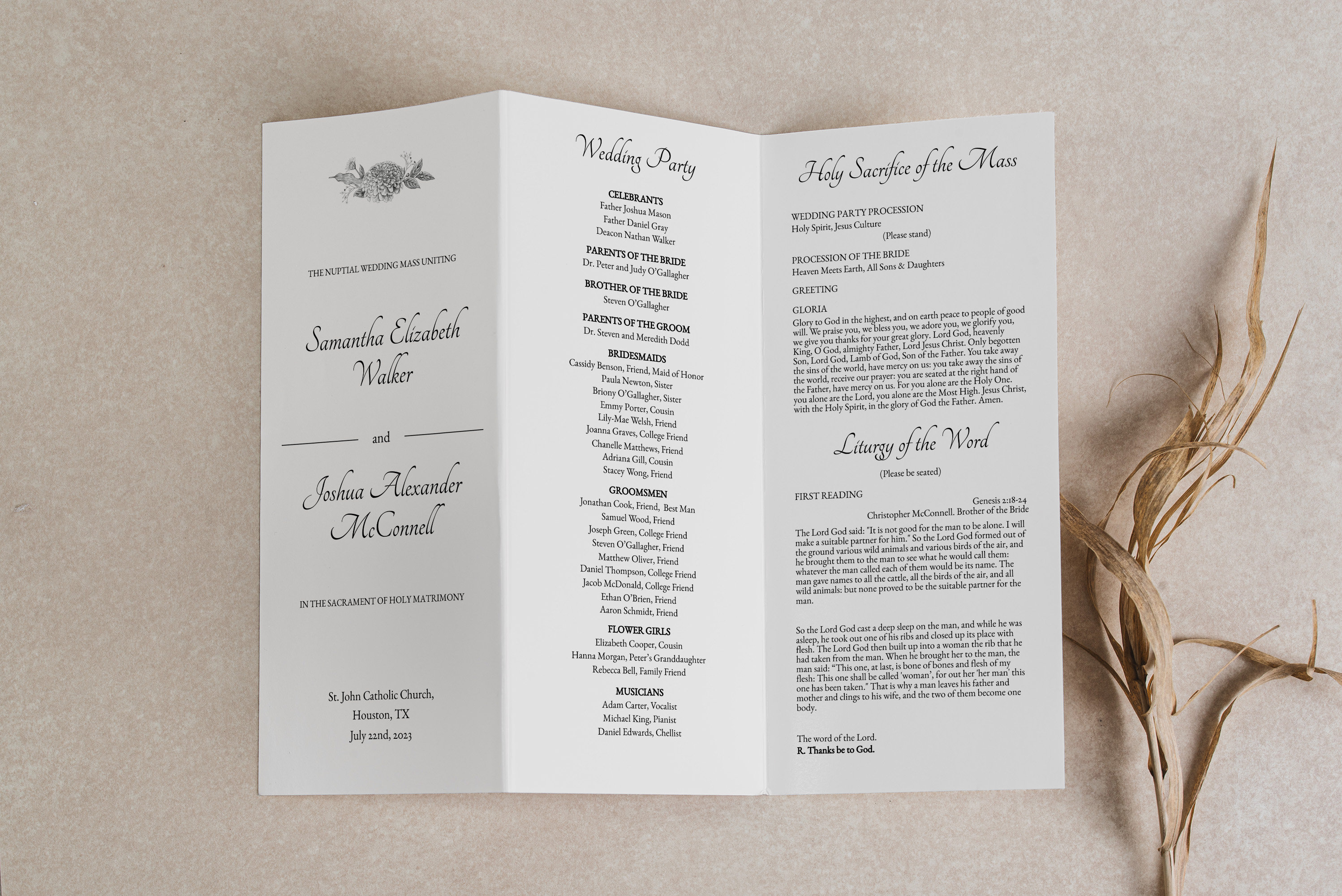Wedding invitations, more than just an announcement, serve as a peek into the evolving societal traditions. Their evolution over the years reflects the subtle changes in society.
In times gone by, wedding announcements were less about informing guests but more about demonstrating family standing. Handcrafted scrolls, often decorated with gold and precious stones, were the domain of the elite.
The Middle Ages, with its stress on courtly manners, introduced a transformation in wedding stationery. Invitations started to become more accessible, with simpler designs representing the essence of the age. This period emphasized importance on coat of arms, and such symbols commonly graced wedding invites. The Renaissance, known for its artistic flair, affected wedding stationery in distinctive ways. Invitations commenced to showcase detailed artwork, embodying the period's love for beauty. As we enter the 19th century, societal norms became more rigid. Wedding invitations mirrored this strictness, with meticulous etiquette and ornate designs. The use of elaborate colors, along with fine calligraphy, became the norm. The 20th century, characterized by quick technological advancements and social shifts, ushered in a new era for wedding invitations. The rise of the camera made it possible for couples to include personal touches, and the rise of DIY culture signified more personalized invites. The digital age, with its focus on online platforms, saw the rise of e-invitations. These digital announcements, although efficient, also reflect society's shift towards digital interactions and environmental awareness. To wrap up, wedding invitations act as more than simple announcements. They are historical records that capture societal evolutions over the years, offering insight into the traditions of different times. If you liked this post and you would such as to get even more facts relating to
Minimal Wedding Timeline kindly browse through the web site.





